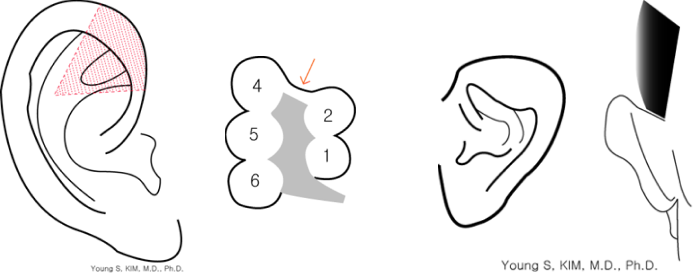Abnormal Shape
ear surgery center
Abnormal Shape
Constricted ear (cup ear, lop ear)
Contricted ear
Constricted ears are generally called folded ears,
and
they show various shapes
depending on the degree,
and the treatment method
varies depending on
the degree of deformation.
In most cases, the upper
part of the ear shows a folded shape,
but there are various
types of deformation of the structures inside the ear.









